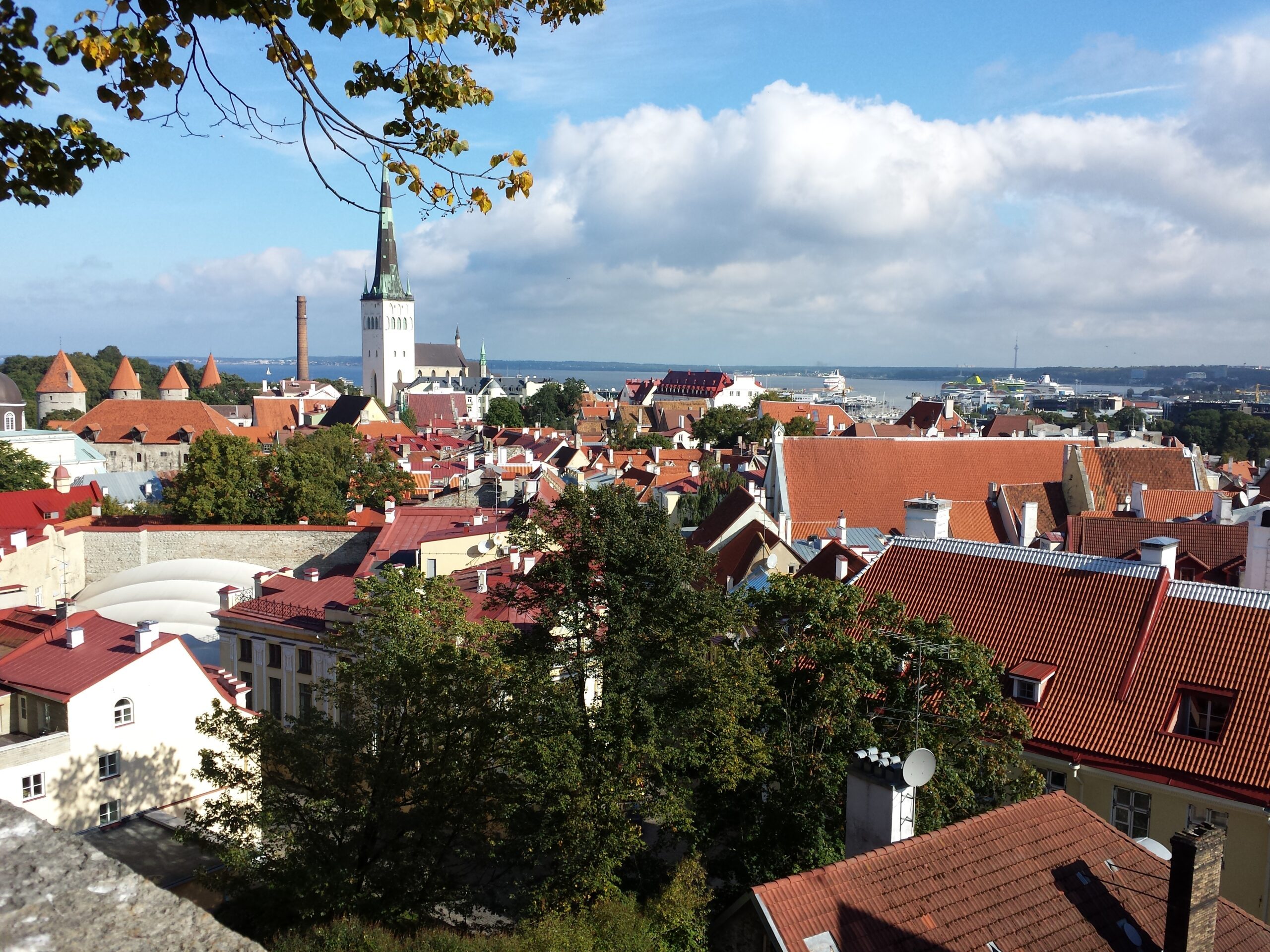SUMMARY
This is AI generated summarization, which may have errors. For context, always refer to the full article.

BRUSSELS, Belgium – Eurozone unemployment fell to its lowest level in 4 and a half years in January, official data showed Tuesday, March 1, beating forecasts but still too high to help stimulate growth in Europe’s nearly static economy.
Joblessness in the eurozone has gradually crept lower since the alarming highs of the debt crisis, but the European job market still remains a problem and way off the levels needed to boost the economy.
The Eurostat statistics agency said unemployment in the 19-nation eurozone dropped to 10.3% in January from 10.4% in December, its lowest rate since August 2011.
Analysts had expected the January figure to be unchanged at 10.4%, taking into account the sharp slowdown in China and turbulence on the global financial markets.
“January’s eurozone labor market data revealed a further decline in the unemployment rate, but it is still too high to boost wage growth from its recent subdued pace,” said Jack Allen, European Economist at Capital Economics.
The data comes a day after Eurostat said the eurozone fell back into deflation, with falling prices caused by a worrying lack of demand from European households, as well as the downward spiraling oil market.
With unemployment still way off pre-crisis levels and wages low, the European Central Bank will be under still more pressure to take measures to boost prices when it meets for its monthly policy meeting next week.
“Despite January’s decline, the eurozone’s unemployment rate remains too high to generate meaningful inflationary pressure – it is still well above the 1999-2007 average of 8.8%,” Allen said.
No change in France
Bert Colijn of ING bank also insisted that “inflation is not going to be boosted by the current encouraging streak of declining unemployment,” although it could start having an impact in 2017 if the trend continues.
By headcount, there were some 16.65 million jobless in the eurozone in January, down a solid 105,000 from December and 1.4 million less compared with January 2015.
Among the major eurozone countries, there were drops in the number of jobless in Spain, Germany, and the Netherlands but the number of unemployed was flat in both France and Italy.
As usual, the rates of unemployment diverged widely across the eurozone.
Greece and Spain continued to have the highest jobless rates, at 24.6% and 20.5%, while economic powerhouse Germany was on 4.3%.
This compared with 10.2% in France where the government is at pains to introduce fiercely contested labor reforms.
Unemployment across the 28-country EU also dropped, falling to 8.9% in January from 9.0% in December and compared to 9.8% in January 2015.
Youth unemployment in the eurozone also fell to 22% from 22.8% the year before.
This figure stood at 48% in Greece and at 45% in Spain. Italy, the third biggest economy in the eurozone, was at 39.3% in the period. – Alex Pigman, AFP / Rappler.com
Add a comment
How does this make you feel?
There are no comments yet. Add your comment to start the conversation.